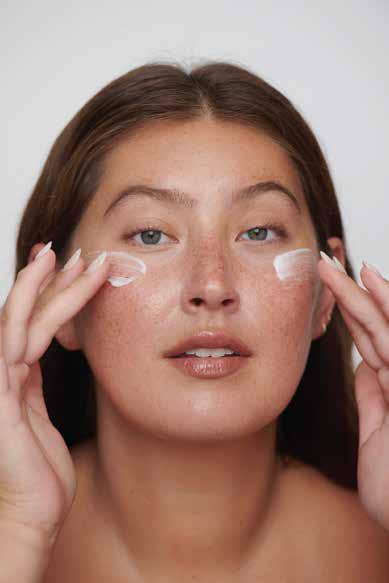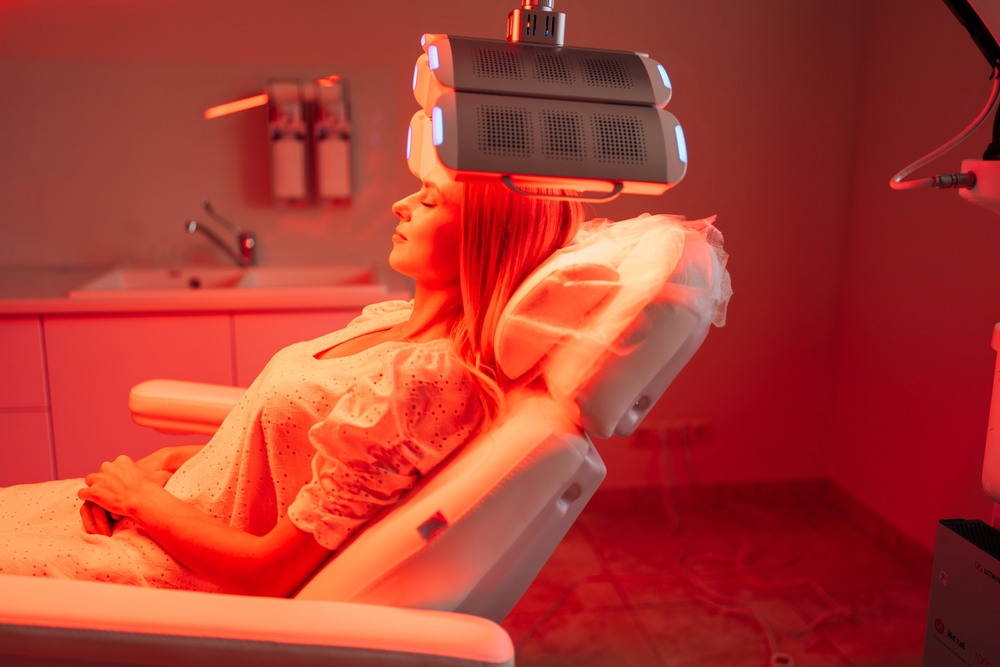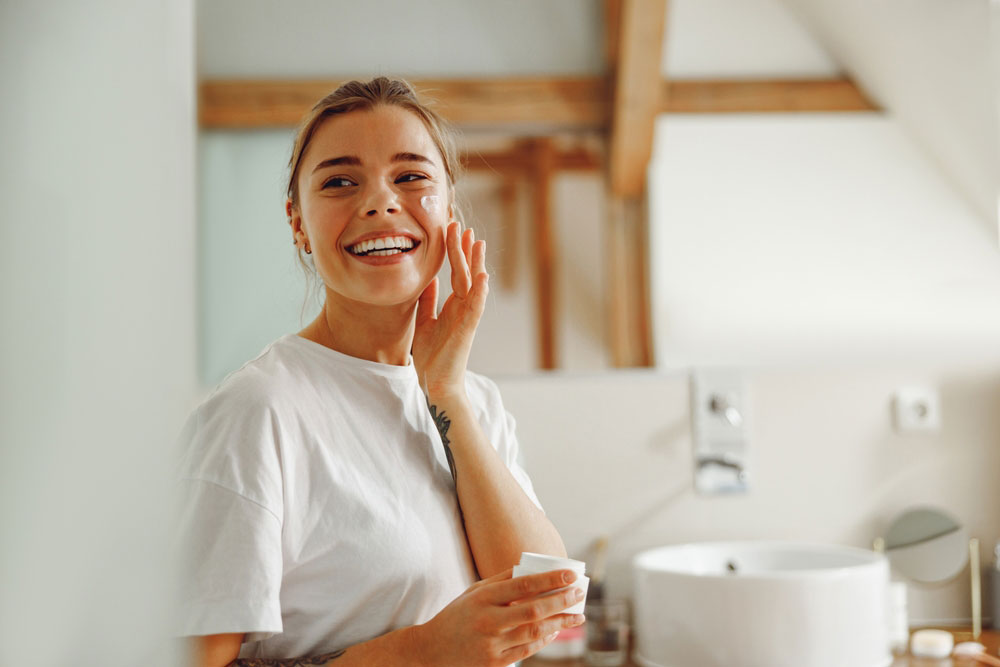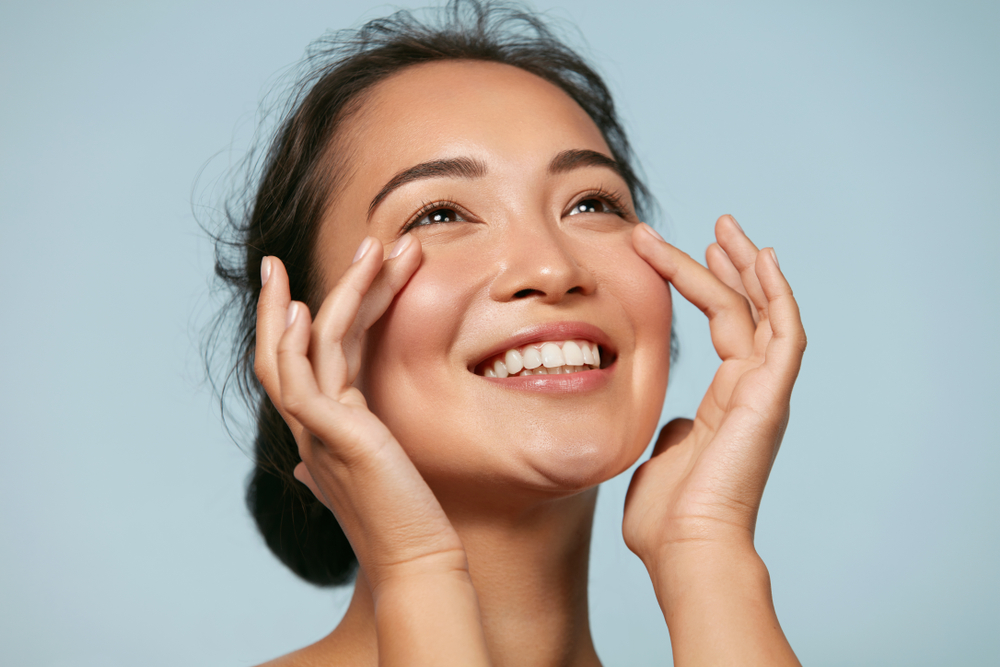According to experts Date: February 10, 2025 Source: Vogue
It’s normal for skin to flush on occasion—after a long run, spending time outside on a chilly (or hot!) day, or when someone cute tells you’re cute, too. But if your face is red, inflamed, and irritated more often than not, there’s a chance you have rosacea. “Rosacea is a chronic inflammatory condition of the face that primarily affects the cheeks, nose, chin, and eyelids,” explains Morgan Rabach, MD, a board-certified dermatologist in New York, NY.
While it’s the most common characteristic of the condition, redness is only one symptom of rosacea. According to Navin S. Arora, a board-certified dermatologist in Garden City, NY, rosacea can cause acne-like breakouts, visible blood vessels, eye irritation, and even thickened skin over time. This makes it critical to properly care for your skin and manage its health when you have rosacea.
And, unfortunately, that’s all you can do when you have rosacea—manage it, as it can’t be cured. In fact, scientists are still trying to figure out what causes rosacea. “Most people, including myself, believe it has a genetic component,” explains Richard Bottiglione, MD, a board-certified dermatologist in Phoenix, AZ. It can affect all skin types and tones, though it’s more common in those with fair complexions and aging skin. “There’s research that suggests there are overactive blood vessels in people with rosacea and irregularity in how the blood vessels dilate and constrict,” adds Dr. Rabach.
To keep skin calm, you’ll want to do everything you can to avoid a rosacea flare-up, a period when symptoms are worse than normal—skin gets redder, more irritated, and rougher in texture, with acne-like bumps and breakouts. There are common triggers that cause rosacea flare-ups, including unprotected sun exposure, extreme temperatures, stress, and the consumption of alcohol, spicy foods, and caffeine. “While these things can cause temporary flushing in anyone, people with rosacea experience a much more pronounced and persistent reaction,” says Dr. Bottiglione.
You’ll also want to be careful with your choice of skin-care products, as harsh ingredients and formulas can irritate rosacea-prone skin. Below, we’re sharing the best skincare for rosacea as well as insights into ingredients and in-office treatments to consider on your quest for calmer, more comfortable skin. Just remember, no product is universal, and that’s especially true when seeking out skin-care for rosacea: “Since everyone’s skin reacts differently, patch-testing new products is always a good idea,” says Dr. Arora.
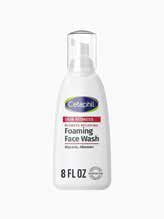
Best Foaming Cleanser: Cetaphil Redness Relieving Foaming Face Wash
Why We Love It: Dr. Arora calls this product out as a game-changer for rosacea-prone skin. It helps cut through shine and buildup, making it especially ideal for oily skin types, without stripping your natural moisture. Anti-inflammatory licorice extract and nourishing allantoin are paired with caffeine in this formula. While beverages containing the substance can trigger rosacea flare-ups, topical caffeine helps instantly fade redness for a more even-toned complexion.
Key Ingredients: Licorice extract, allantoin, caffeine
Size: 8 fl. oz.
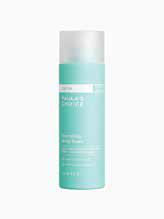
Best Toner: Paula’s Choice Calm Nourishing Milky Toner
Why We Love It: Forget the astringent, skin-stripping toners from the ’90s and early aughts—many of today’s toners are designed to gently rebalance the complexion, including this one from Paula’s Choice. “It’s designed for all skin types and a must-have for anyone looking to combat sensitivity,” says Dr. Arora. Not only does it restore equilibrium to skin post-cleanse, but also hydrates, plumps, and soothes red, irritated skin with calming ingredients like allantoin and marshmallow root.
Key Ingredients: Allantoin, marshmallow root, panthenol
Size: 4 fl. oz.
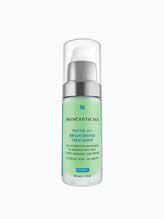
Best Moisturizer For Oily Skin: SkinCeuticals Phyto A+ Brightening Treatment
Why We Love It: This is a rare lightweight moisturizer designed specifically for the needs of oily, rosacea-prone skin. As it quenches skin’s thirst with sodium hyaluronate and soothing cucumber extract, the gel-cream’s soft green tint helps instantly reduce redness while niacinamide and azelaic acid help fade it over time. “It helps even out skin tone, unclog pores, and calm inflammation,” confirms Dr. Arora. “Patients love the glow-up effect and keep coming back for more!”
Key Ingredients: Alpha arbutin, azelaic acid, niacinamide, sodium hyaluronate, cucumber extract
Size: 1 oz.
What is the best skin-care treatment for rosacea?
There’s no single treatment that will necessarily work for everyone, but in addition to avoiding common triggers, “a mix of prescription medications, over-the-counter skin-care, and in-office laser treatments can work wonders,” says Dr. Arora. Your derm might prescribe oral or topical antibiotics, sulfur-based soaps or lotions, or topical vasoconstrictors. In more severe cases, isotretinoin (Accutane) or prednisone can help, says Dr. Bottiglione. Lasers and light therapy like CO2, IPL, and ND:Yag can help reduce redness and visible blood vessels over time. When it comes to over-the-counter options (like the products we shared above), there are specific ingredients to look for as well as to avoid.
What to Look For in a Rosacea Treatment
Simplicity is key, says Dr. Rabach, who recommends seeking out formulas designed for sensitive skin. That means any product you use should not contain common irritants like alcohol, fragrance, physical exfoliants, or chemical sunscreens. Look for actively hydrating and soothing ingredients like hyaluronic acid, aloe, allantoin, ceramides, and niacinamide, all of which can help repair the skin barrier, as well as anti-inflammatories like centella asiatica (cica), mineral SPF zinc oxide, and azelaic acid.
Meet the Experts
Dr. Morgan Rabach is the co-founder of LM Medical and a board-certified dermatologist in New York, NY.
Dr. Navin S. Arora is the founder of Borealis Dermatology and a board-certified dermatologist in Garden City, NY.
Dr. Richard Bottiglione is the founder of Dermatologist’s Choice Skincare and a board-certified dermatologist in Phoenix, AZ.

